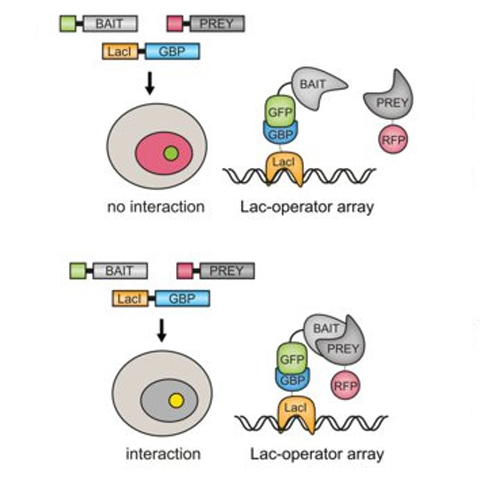TET-mediated oxidation of methylcytosine causes TDG or NEIL glycosylase dependent gene reactivation
19-Jun-2014
Nucl. Acids Res., 2014, doi: 10.1093/nar/gku552, published on 19.06.2014
Nucleic Acids Research, online article
Nucleic Acids Research, online article
The discovery of hydroxymethyl-, formyl- and carboxylcytosine, generated through oxidation of methylcytosine by TET dioxygenases, raised the question how these modifications contribute to epigenetic regulation. As they are subjected to complex regulation in vivo, we dissected links to gene expression with in vitro modified reporter constructs. We used an Oct4 promoter-driven reporter gene and demonstrated that in vitro methylation causes gene silencing while subsequent oxidation with purified catalytic domain of TET1 leads to gene reactivation. To identify proteins involved in this pathway we screened for TET interacting factors and identified TDG, PARP1, XRCC1 and LIG3 that are involved in base-excision repair. Knockout and rescue experiments demonstrated that gene reactivation depended on the glycosylase TDG, but not MBD4, while NEIL1, 2 and 3 could partially rescue the loss of TDG. These results clearly show that oxidation of methylcytosine by TET dioxygenases and subsequent removal by TDG or NEIL glycosylases and the BER pathway results in reactivation of epigenetically silenced genes.











